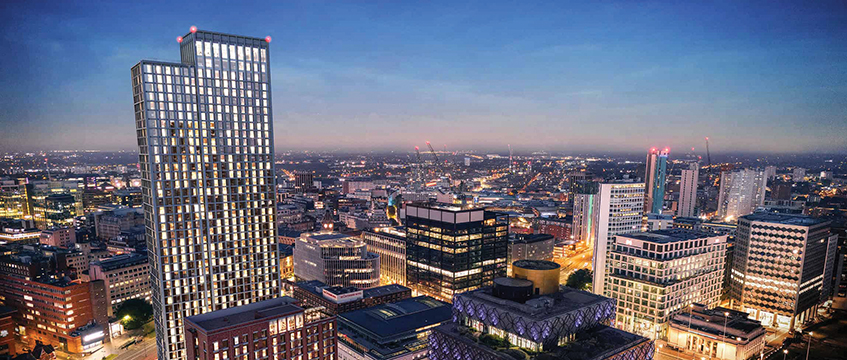COMMENT In her recent leader article, Samantha McClary asked whether Brexit has blown it for speculative office development and whether it really matters.
As a developer of several ongoing speculative projects in London, Bristol and Manchester, Candour spends an inordinate amount of time assessing offices and comparing the merits of refurbishment versus new-build. We have no strong bias and our process dictates that we always consider reuse and refurbishment before new-build. We assess each building on its own merits.
While it’s true that rising building costs and inflation are having a detrimental impact on new-build developments, the cost of refurbishments are on the rise equally, and in some cases can be even higher.
Refurbishments are considered to be risky too. It has been suggested that refurbishment is overwhelmingly the best option, but a heavy refurbishment (now commonly referred to as a deep-retrofit) can come with more associated risks. For example, in our experience, main contractors and a good proportion of investors prefer the price-fixity of new-build contracts over the open-ended risk of a refurbishment contract.
As for refurbishments versus new-build. Not all buildings are suited to repurposing well and a one-jacket-fits-all policy for refurbishments is not necessarily the answer. Carefully considered and sensitive new-build developments which optimise low-carbon technology can be a better holistic solution. Our belief is that the most sustainable approach to our cities is to build the most density in the most sustainable locations – clustered around our transport and economic hubs. Economic and community benefits must be taken into consideration when contemplating the expenditure of carbon on real estate and infrastructure.
Appetite for speculative offices is often determined by assessment of planning risk. In most cases, given that the planning application process is the same for each, there is often a comparable factor of risk to refurbishments and new-build applications both in terms of timescale and the cost and complexity of associated validation requirements. Perhaps if the planning process for deep-retrofits was simplified, it would tip the balance in marginal cases and we would see more developers opting for refurbishment.
There is a movement among some local authorities aiming to rectify this by making it more difficult to demolish existing buildings, which can have the opposite effect of slowing down the supply of all classifications of new offices. In contrast, other local authorities are extremely pro-new-development, recognising that this can demonstrate a commercial edge and be a competitive advantage. At present, planning permissions are too costly and time-consuming, and this is particularly painful outside of London where relative values are much lower.
It goes without saying that the increased cost of debt is negating the viability of some speculative office developments (be they deep-retrofit or new-build). What is challenging for developers is the blanket approach to offices. Not all speculative offices are made equal. The best quality speculative offices have leased quickly and with robust rental growth over the past 2-3 years, despite a tumultuous time across offices as a whole. For those lenders first to recover their belief in the very best quality offices with all of the amenity provision demanded by occupiers and with a strong ESG profile, the rewards will come.
To misappropriate a line from Kevin Costner in Field of Dreams – build it [or refurbish it well] and they will come.
Toby Pentecost is co-founder of Candour











